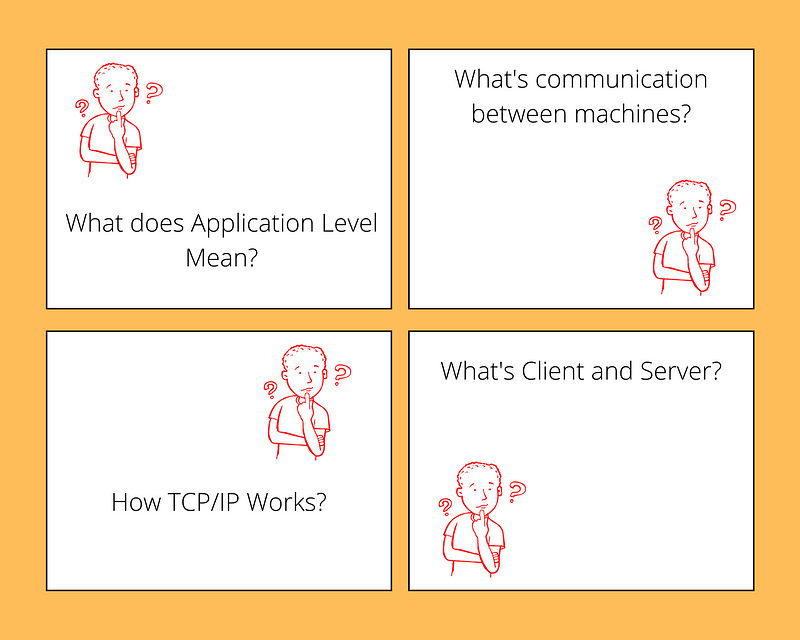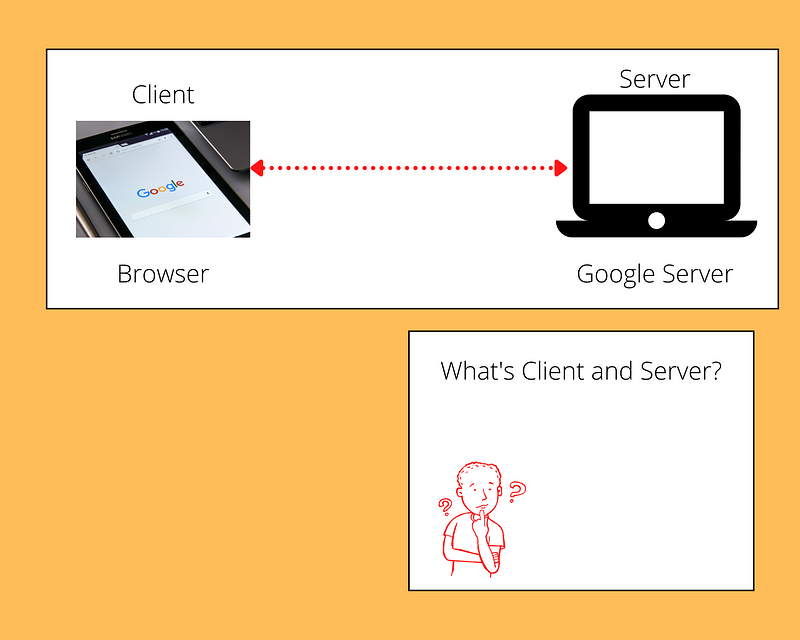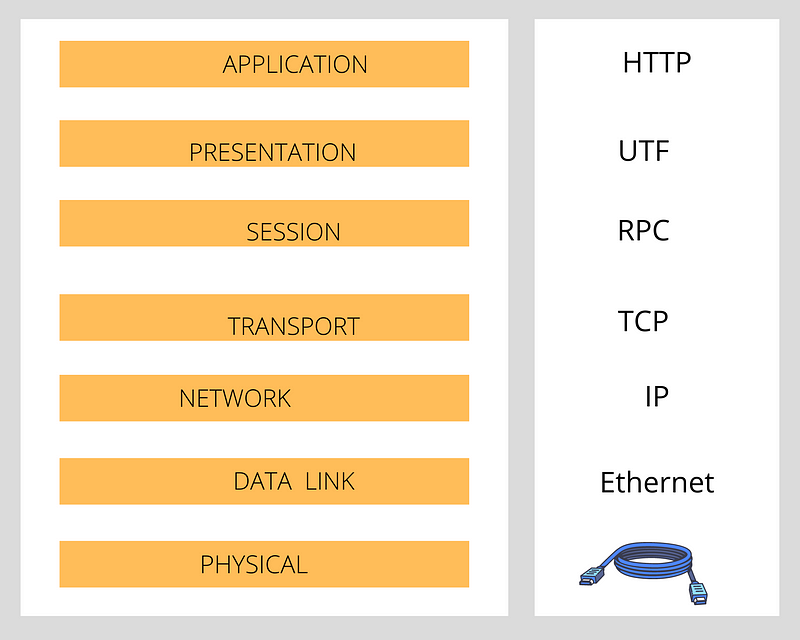Mastering Complex Technologies Through a Simple Mindset Shift
Written on
Understanding Complex Topics with Ease
Many of us can recall that one teacher who had the unique ability to simplify intricate subjects, making them accessible to everyone. It's not just about teaching techniques; sometimes, it’s the way a topic is presented that captivates and sticks. A similar experience often occurs when we watch engaging YouTube videos or attend insightful conferences where complex subjects are broken down into relatable language.
This skill isn't merely about effective teaching; it involves a practice that many overlook. Before delving into that, let’s explore an example to illustrate this concept further.
Exploring HTTP Calls
In today's tech landscape, most programmers are familiar with HTTP calls, which are essential for backend API interactions. If we were to learn about HTTP calls, what would be the best approach?
So, what is HTTP in straightforward terms?
It's an application-layer protocol that operates on top of TCP/IP, facilitating communication between clients and servers.
This definition, however, may not be entirely clear. Let's deconstruct it by addressing four fundamental questions.

What are Client and Server?
Any device or app that requests information is considered a client, while the machine that supplies this information is the server. For instance, when you search something on Google, your browser acts as the client, making requests to Google's servers, which then return a list of links in response. This process exemplifies the client-server model.

What does Communication Mean?
It refers to the interaction between two devices using a shared language, typically in binary code. Information is transmitted across vast distances through fiber optic cables, enabling global connectivity. The data travels as electric signals, light, or radio waves, thanks to Internet Service Providers that connect us to other computers worldwide.

What is the Application Level?
This refers to the highest level in the OSI model. To grasp this concept fully, we must also explore the OSI model and how TCP/IP functions.
Understanding the OSI Model and TCP/IP
The OSI model outlines the communication functions within a network, detailing the rules governing client-server interactions, such as when a browser requests data from a service like Twitter or Medium.

At this point, it’s clear that HTTP is an application-level protocol built on TCP/IP. This means HTTP dictates how applications communicate over the network while relying on lower-level protocols for actual data transfer.

Now that we’ve clarified the definition of HTTP, let’s rephrase our initial inquiry: What is HTTP in simple terms?
It's a protocol that enables data exchange (communication) on the web.
The transformative mindset that exceptional educators utilize is to simplify any subject by applying First Principles. By deconstructing complex concepts into their most basic elements, the task of explaining becomes remarkably straightforward.
Conclusion
Grappling with complex technical subjects can be a lengthy journey, but breaking these concepts down into manageable parts significantly enhances understanding. With a deeper comprehension, we can come to appreciate the remarkable advancements in physics and technology that enrich our daily lives.
More content at plainenglish.io. Sign up for our free weekly newsletter to gain exclusive access to writing opportunities and community advice.
This video, titled "A Simple Way to Learn Complex Skills," delves into effective techniques for mastering intricate subjects.
In this video, "MindShift On Demand: How Shifting Your Mind Can Improve The Mind, Body And Spirit," Donna Blevins discusses how a change in perspective can lead to holistic improvements.